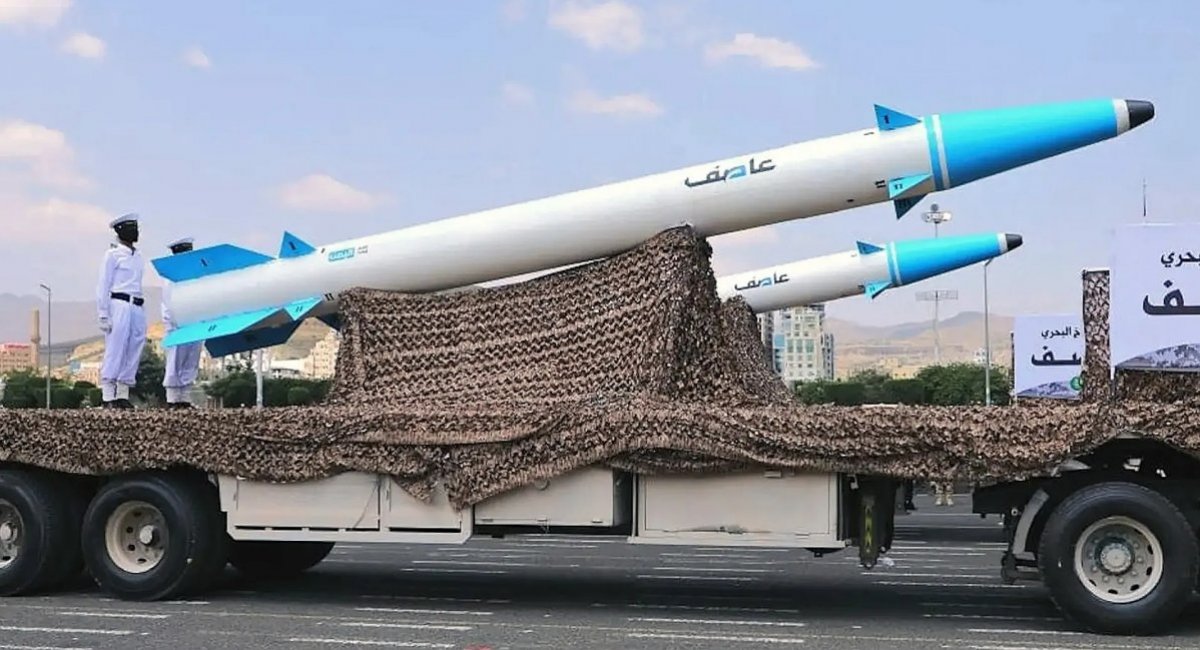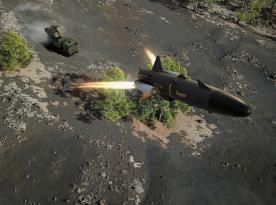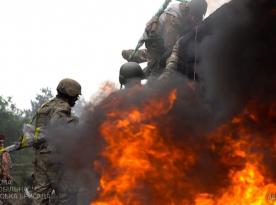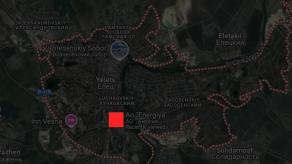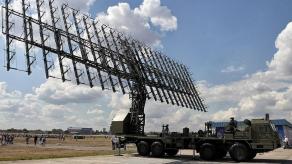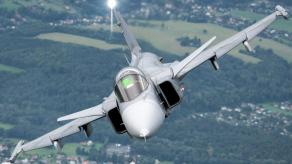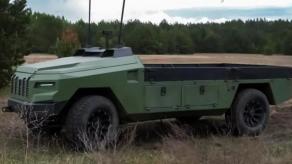The United States of America is currently in the midst of an airstrike campaign against Houthi military sites in Yemen, aiming to hinder the Ansar Allah group's capacity to attack civilian shipping in the Red Sea. That calls for an analysis of what exactly constitutes this capacity and how Yemeni Houthis replenish their arsenal of attack drones, cruise and ballistic missiles.
London-based think tank International Institute for Strategic Studies (IISS) has tried to do just that in its new article by Fabian Hinz. In turn, Defense Express would like to briefly discuss the key points, but also slightly shift the angle towards the practical question: what is even the point of bombing Yemen if the Houthis obtain components for missiles production from iran?
Read more: UK Cautious of Possible Houthi Missile, Drone Attacks on its Massive Aircraft Carrier
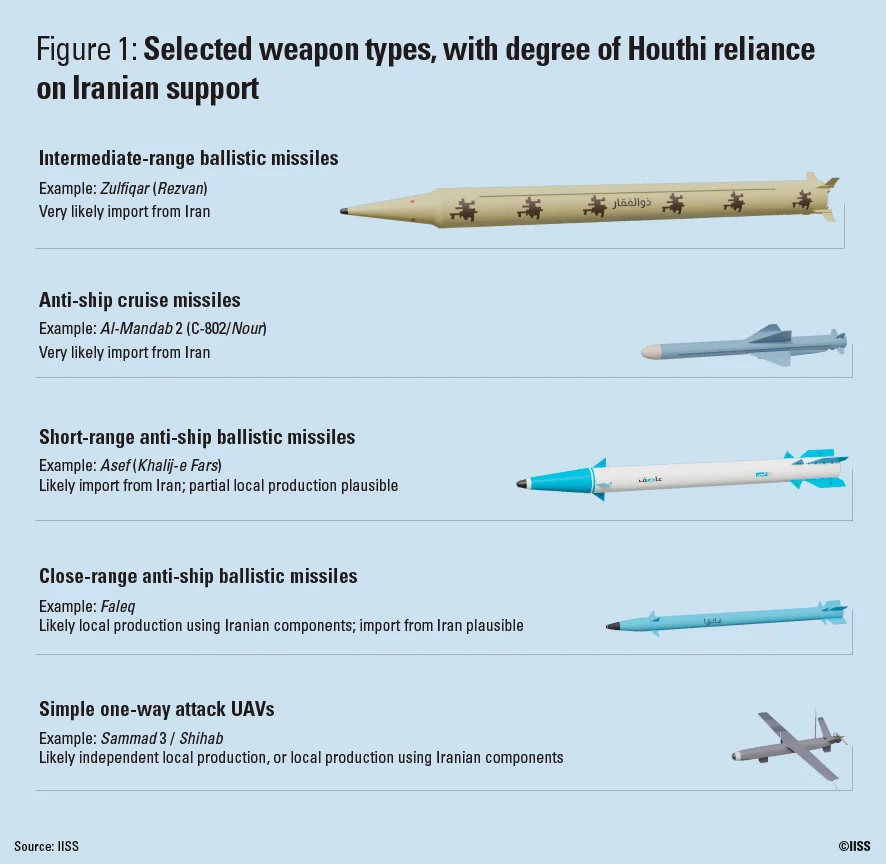
As pointed out in the study, engineers from Ansar Allah can independently manufacture only certain simpler components of cruise missiles, for example, such as composite airframe parts for Quds (Paveh) land-attack cruise missiles.
But the Yemeni Houthis are not capable of independently producing such sophisticated elements as turbojet engines and missile guidance systems. Generally, in practice, iran often simply ships whole system kits to Yemen, where the recipient only assembles them on site.
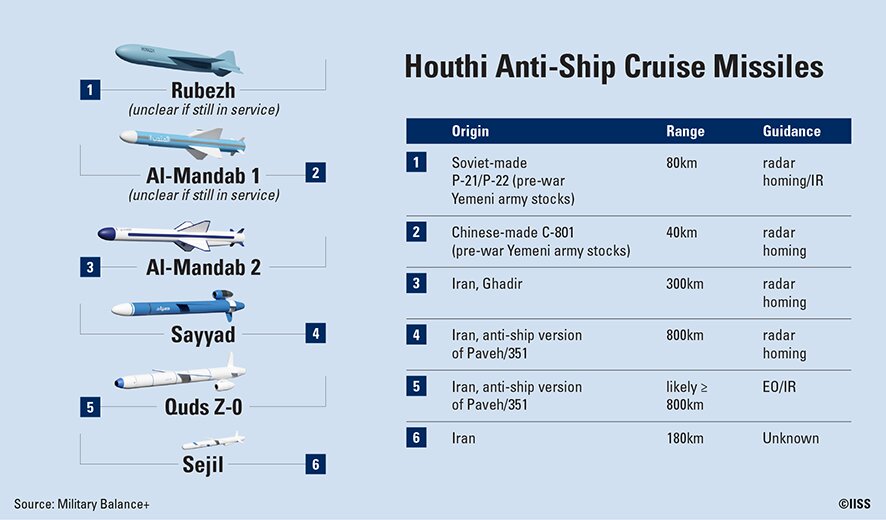
When it comes to ballistic weapons, the situation is somewhat more complicated. It is believed that anti-ship ballistic missiles with ranges up to 200 kilometers are manufactured in Yemen, but the guidance systems to equip them are supplied from iran. The list of systems produced this way includes Faleq, Mayun and al-Bahr al-Ahmar, and Mouhit — the latter is obtained by converting anti-aircraft missiles for the S-75 air defense system.
Then, medium-range ballistic missiles (MRBMs), used by Houthis for strikes against Israel, are supplied ready-made from iran. Ansar Allah is only a proxy force that carries out the launches. Specifically, it's about the liquid-propellant Zulfiqar MRBM (iranian name: Rezvan), and the solid-propellant Palestine 1 and 2 (derived from iranian Kheibar Shekan or Fattah, respectively).
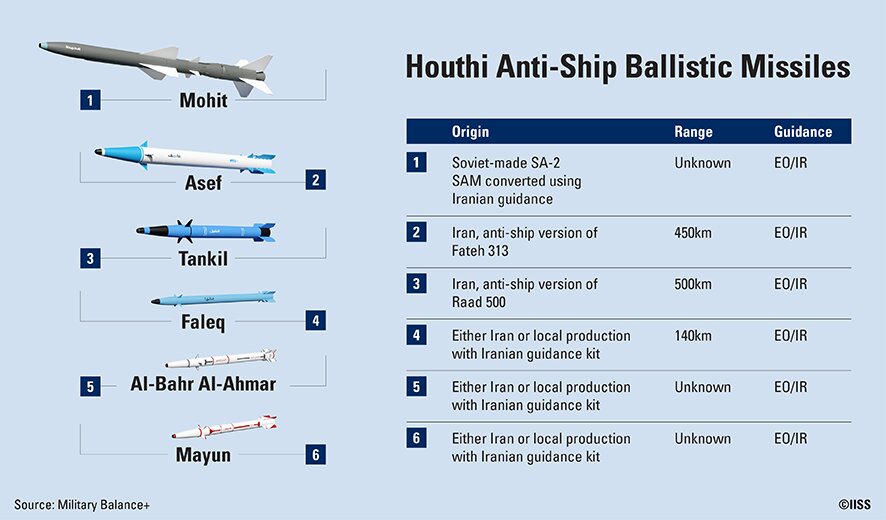
Some obscurity remains with the anti-ship version of Fateh-110, a ballistic missile that the Houthis have also used for strikes on Red Sea shipping. With equal probability, these missiles can be supplied in finished form from iran, or partially made locally in Yemen.
The snapshot of the Houthi drones situation looks particularly interesting. For example, available data indicates that Ansar Allah can independently manufacture Sammad 3 one-way attack UAVs, but they still widely use iranian-made parts, such as gyroscopes, and Chinese DLE-170 engines for power plants. The Shahed-131/136 and Yaffa types, meanwhile, mostly consist of iranian components.
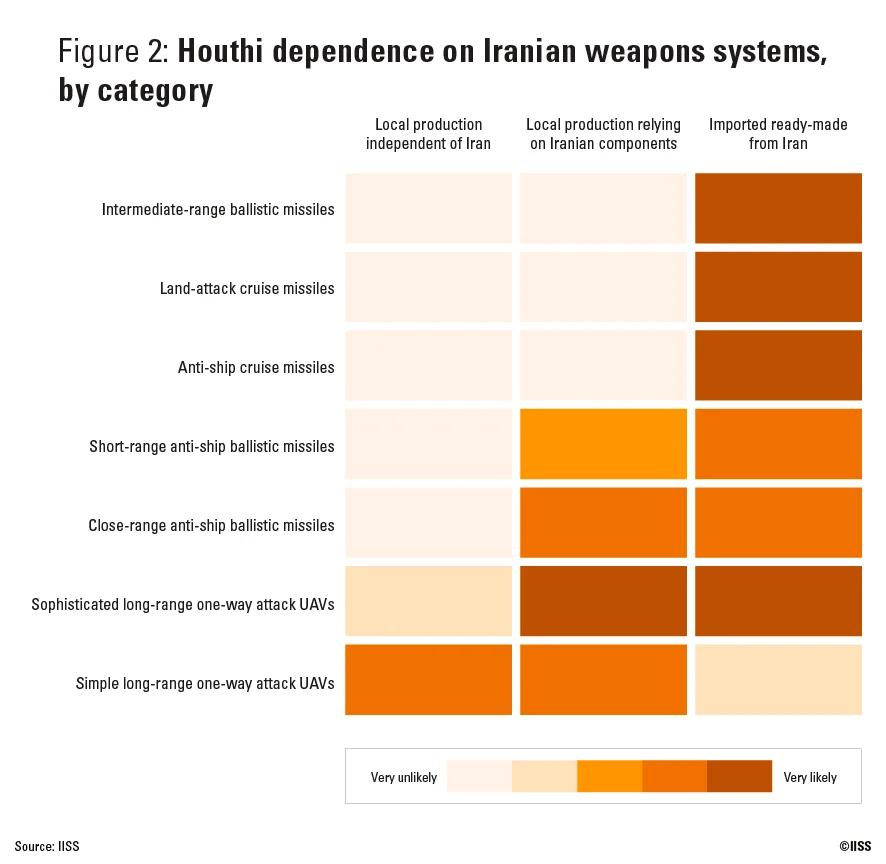
From Defense Express, the insights of the study clearly show that missiles and drones used by the Ansar Allah group are effectively sourced from an external source, i.e. iran, and the deliveries are apparently made by sea. This makes bombing Yemen look inexpedient, while targeting maritime shipping of weapon parts seems a more efficient choice.
Read more: Disclosed Details of Secret FALCO Program to Arm F-16 With APKWS Laser Rockets




